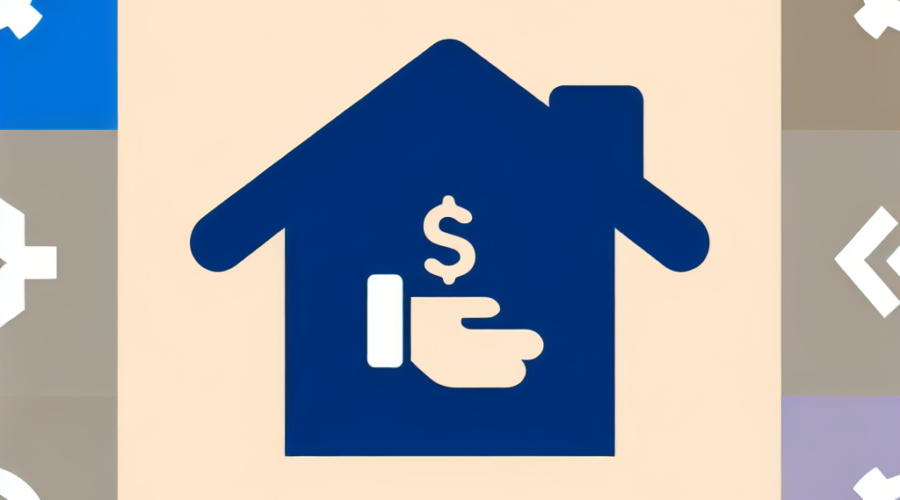Home-Based Care – Introduction
The home-based care sector is undergoing a transformative phase, driven by mergers and acquisitions (M&A), innovative payment models, and technological advancements. As we approach 2025, these factors are poised to reshape the industry, presenting both opportunities and challenges for providers and stakeholders.
Key Highlights
- M&A activity is expected to continue, driven by the need for scale, efficiency, and market consolidation.
- The shift towards value-based care is prompting operational changes and a focus on patient outcomes.
- Technology adoption, including telehealth, AI, and data analytics, is crucial for enhancing patient care and operational efficiency.
Mergers & Acquisitions – Reshaping the Landscape
M&A activity in the home-based care sector has been on the rise, fueled by strong investor interest, robust demand, and the need for providers to build a comprehensive continuum of care services. Notable recent transactions, such as UnitedHealth Group’s acquisition of Amedisys Inc., highlight the trend of large players consolidating market share.
According to industry experts, mid-market providers are expected to experience increased M&A activity in the coming years. For instance, Nautic Partners’ acquisition of Texas-based Angels of Care demonstrates the growing interest in non-skilled home care services. As seller expectations around pricing become more realistic, the market is anticipated to see more deals facilitating negotiations.
New Payment Models – Prioritizing Value-Based Care
The shift towards value-based care is a significant opportunity for home health agencies. The Centers for Medicare & Medicaid Services (CMS) has proposed updates to the Patient-Driven Groupings Model (PDGM) and the low utilization payment adjustment (LUPA) thresholds for 2025, aiming to improve patient care and reduce hospital readmissions.
Value-based care has already led to operational process changes for most providers, with 70% of respondents reporting adjustments due to this shift. Successful implementations, such as the Expanded Home Health Value-Based Purchasing (HHVBP) Model, demonstrate the potential for improved outcomes and financial sustainability.
Technology Adoption – Enhancing Patient Care
Technology is playing a pivotal role in enhancing patient care in home-based settings. Telehealth, artificial intelligence (AI), and data analytics are key areas of investment. The use of telehealth has grown significantly, with levels 38 times higher than pre-pandemic levels, offering potential for reduced medical costs and increased revenues.
McKinsey & Company suggests that payers and providers should develop value-backed Care at Home strategies, including remote monitoring and care management, to support the direct delivery of care at home. Case studies show that successful tech integration can improve patient outcomes and operational efficiency, making it a crucial component of the industry’s future.
Home-Based Care – Conclusion and Future Outlook
As we approach 2025, the home-based care sector is poised for significant growth and transformation. Mer





